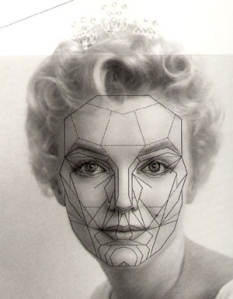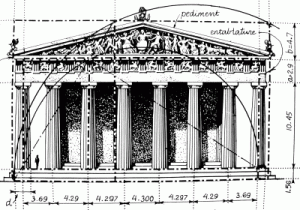Beauty in design is a topic rarely discussed in depth. It is based on the notion of perception, the process by which organisms interpret and organize sensation to produce a meaningful experience.1 The act of perception occurs frequently in our daily life, and often subconsciously. I recently experienced a work titled Disc, a 6’ tall circular form, by the American designer Jonathan Muecke. As I approached the work, I was not analyzing the design process or symbology of the piece, but rather the ambiguous black mass acted as a gravitational force on my body. My chest felt tight; my hands grew moist. Was this the feeling of beauty?
Philosophers and psychologists often question the definition of beauty. I find the most intriguing view coming from the English art critic, John Ruskin. Ruskin states, “The most beautiful things in the world are the most useless; peacocks and lilies for instance.” In professions frequently focused on function, design and architecture often stray from the element of beauty. I believe it is crucial for the design profession, especially now in difficult cultural and environmental troubles, to embrace architectural peacocks such as Muecke’s Disc.
1. Peter Lindsay & Donald A. Norman: Human Information Processing: An Introduction to Psychology, 1977.
Filed under: Uncategorized










